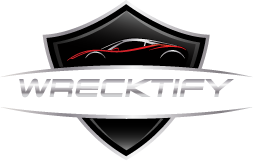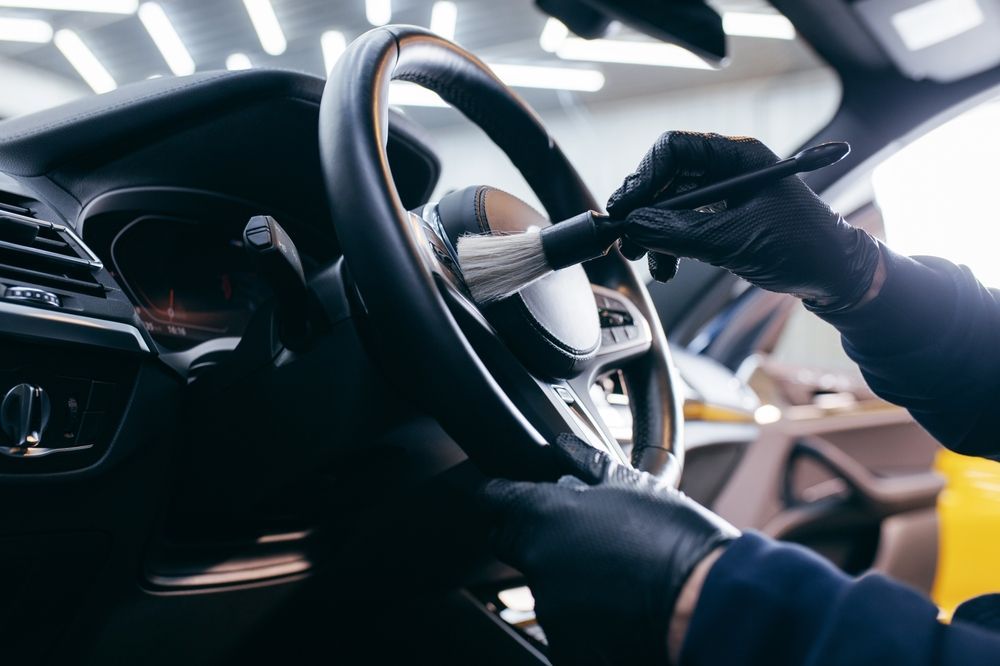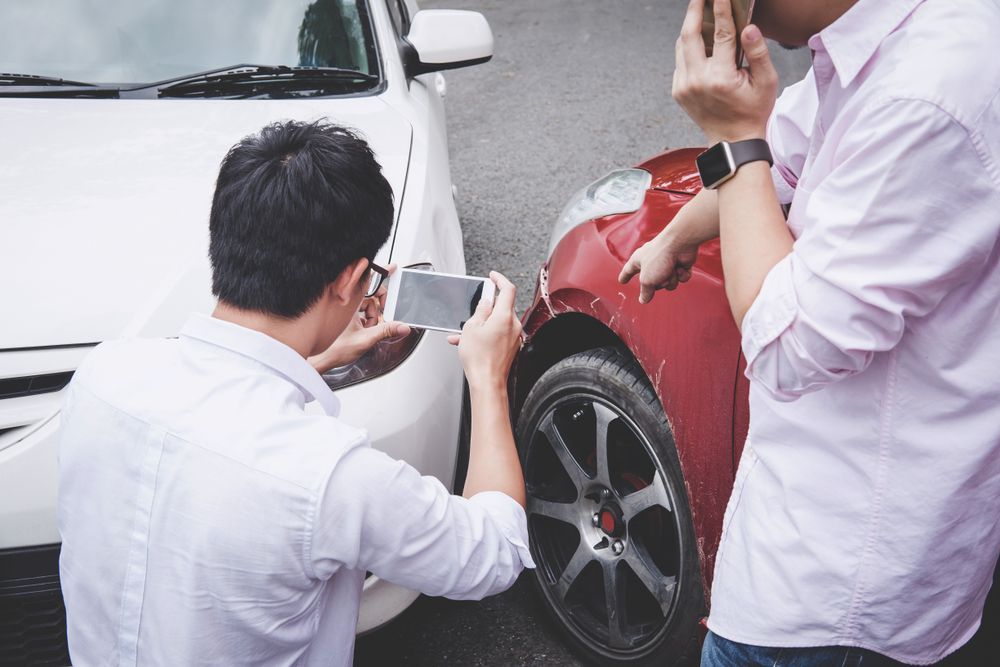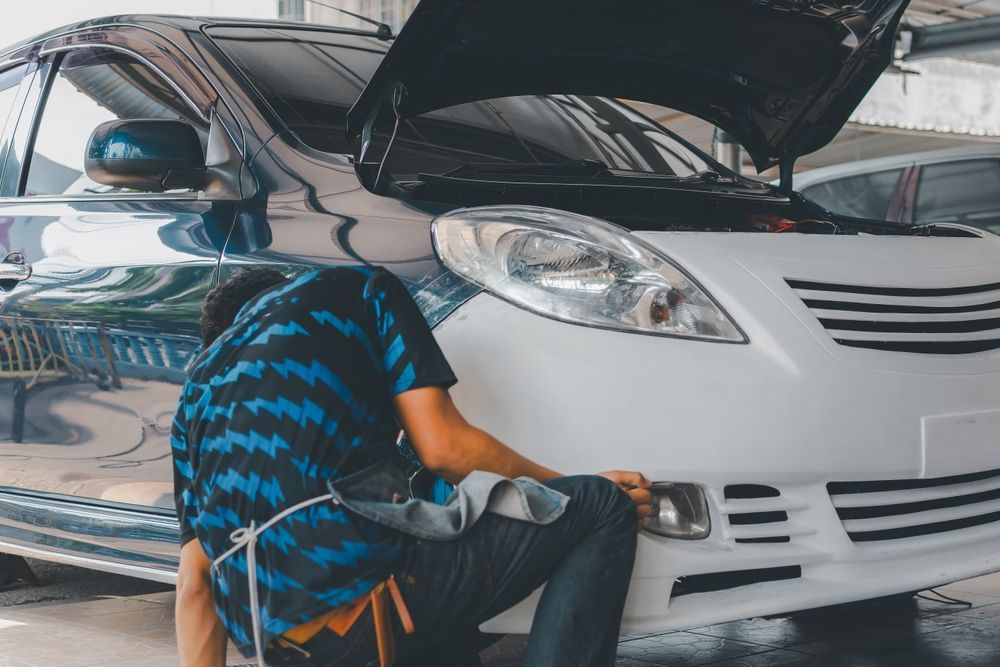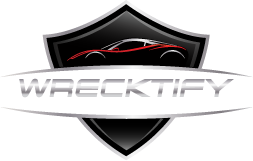Classic Car Restoration Process Step by Step
Share this article:
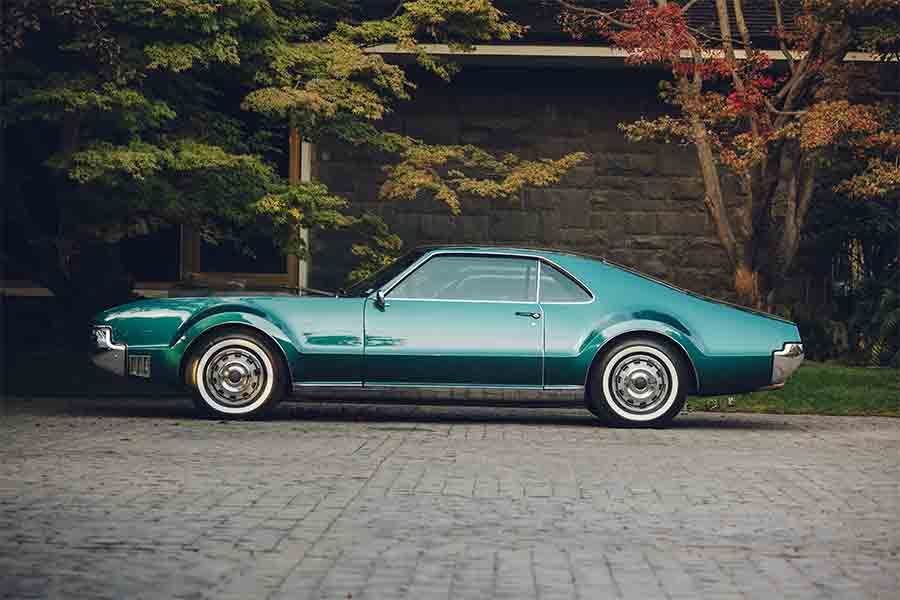
Classic car enthusiasts agree that restoring a classic car is as much about the community that’s built around it as it is about the car restoration process itself. You can build friendships with people who share your interests and create memorable bonding experiences with family and friends when you work together as a team.
Although restoring a classic car can be a rewarding hobby, it can also bring significant headaches. But if you research and plan ahead, learn the basics, know where to get support, and hire professionals for the tasks you need help with, you can really enjoy
restoring a classic car to her original glory.
1. Start With Research and Planning Ahead
Don’t be caught by surprise; educate yourself about what you’re undertaking before you get started. You can learn some basics by researching the answers to these questions:
- What are industry standards for classic car restoration?
- What is my end goal?
- How much can I expect to spend?
- How long can I expect the project to take?
- Who can I talk to that has experience with the car restoration process?
- What tools and parts will I need, and where should I get them?
- What aspects of the restoration can I complete, and where will I need to hire professionals?
- What should I look for in a reputable restoration shop ?
2. Set a Budget
Like home renovations, classic car
restoration can be costly and quickly go over budget. It’s a good idea to add 30% to your first cost projections and stick to that budget — research ways to save money. For example, you can salvage some parts by cleaning them without jeopardizing the integrity of your final product.
3. Set a Timeline for Your Car Restoration Process
The classic car restoration process step by step includes: planning, dismantling, bodywork, engine work, and rebuilding. Additional work depends on the car you choose to restore, but decide what needs to be done, then set up the order and a timeline. This allows you to have the necessary parts and help available when you need them.
4. Decide How You Will Document Each Step
It’s critical to
document every step of the way, so decide what record-keeping tools work best for you! You’ll want to take videos, still photos, and draw diagrams before you start and during the disassembling process. Think about how you will label everything and keep detailed notes, so the reassembly is smoother.
Documenting your process not only provides a journal of your car restoration journey, but it can also save you frustration along the way.
5. Make Some Classic Car Enthusiast Friends
Why reinvent the wheel when others have figured it out? Those who are steps ahead of you enjoy sharing what they’ve learned along the way. You can join local meet-ups, Facebook groups, and even subscription clubs like the
Classic Car Restoration Club.
6. Hire Quality, Experienced Technicians
At
Wrecktify Collision, we want to help you make your dream car a reality! We can provide partial or complete classic, frame-up hot rod, and streetcar restoration services with advanced engine, transmission, and rear axle building capabilities. We will also restore interiors and service chassis, suspension, and brakes. Our body and paintwork will leave you with a car you can be proud of! If you’re looking for a shop to provide you quality workmanship with integrity,
contact us today!
Connect with us:
